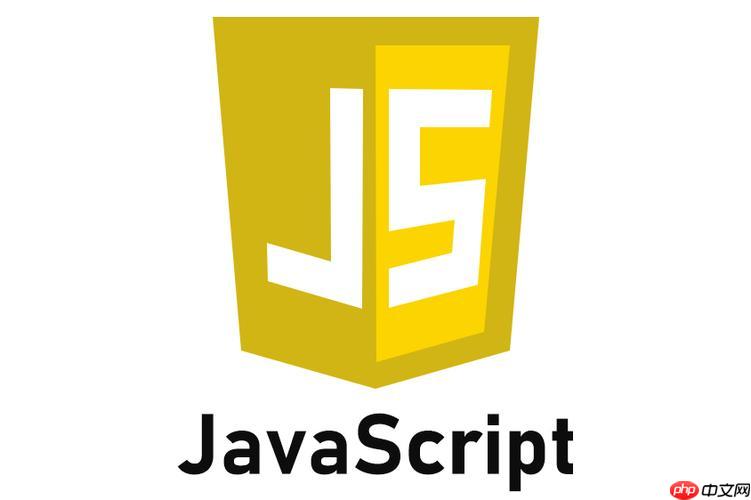使用fetch api发送请求的方法如下:1. 基本get请求:fetch('url').then(response => response.json()).then(data => console.log(data)).catch(error => console.error('error:', error));2. post请求示例:fetch('url', {method: 'post', headers: {'content-type': 'application/json'}, body: json.stringify({key: 'value'})}).then(response => response.json()).then(data => console.log(data)).catch(error => console.error('error:', error));3. 检查响应状态码:fetch('url').then(response => {if (!response.ok) {throw new error('network response was not ok');} return response.json();}).then(data => console.log(data)).catch(error => console.error('error:', error));4. 发送凭据:fetch('url', {credentials: 'include'}).then(response => response.json()).then(data => console.log(data)).catch(error => console.error('error:', error));5. 使用缓存策略:fetch('url', {headers: {'cache-control': 'max-age=3600'}}).then(response => response.json()).then(data => console.log(data)).catch(error => console.error('error:', error));6. 使用async/await优化代码:async function fetchdata() {try {const response = await fetch('url'); if (!response.ok) {throw new error('network response was not ok');} const data = await response.json(); console.log(data);} catch (error) {console.error('error:', error);}} fetchdata();

你想知道JavaScript中如何使用Fetch API发送请求?简单来说,Fetch API是一个现代的、基于Promise的HTTP客户端,它允许你在JavaScript中发送网络请求。让我们深入探讨一下这个话题。
Fetch API是一个强大且灵活的工具,用于在JavaScript中进行网络请求。无论你是想获取数据、发送数据,还是处理复杂的API交互,Fetch都能帮你搞定。用它来替代传统的XMLHttpRequest对象,不仅代码更简洁,还能更好地处理异态情况。
我们先来看一个简单的Fetch请求示例,这样你就能直观地感受到它的用法:
立即学习“Java免费学习笔记(深入)”;
fetch('https://api.example.com/data')
.then(response => response.json())
.then(data => console.log(data))
.catch(error => console.error('Error:', error));这个例子展示了如何使用Fetch API从一个URL获取JSON数据。简单吧?但Fetch API的魅力远不止于此。
当我第一次接触Fetch API时,我被它的简洁和强大的Promise支持所吸引。相比于老派的XMLHttpRequest,Fetch的语法更加现代化,并且更容易理解和维护。尤其是当你需要处理复杂的异步逻辑时,Promise链让你可以清晰地看到数据流向。
如果你需要发送POST请求,或者需要传递一些数据给服务器,Fetch API同样游刃有余。来看一个发送POST请求的例子:
fetch('https://api.example.com/data', {
method: 'POST',
headers: {
'Content-Type': 'application/json',
},
body: JSON.stringify({ key: 'value' }),
})
.then(response => response.json())
.then(data => console.log(data))
.catch(error => console.error('Error:', error));在这个例子中,我们不仅指定了请求方法为POST,还设置了请求头和请求体。这让我想起了我曾经在一个项目中使用Fetch API发送复杂的数据结构给后端服务器的经历。通过JSON.stringify,我们可以轻松地将JavaScript对象转换为JSON格式的数据,这在处理API请求时非常方便。
然而,使用Fetch API时也有一些需要注意的地方。比如,Fetch API不会像XMLHttpRequest那样抛出网络错误。你需要手动检查响应状态码来确定请求是否成功:
fetch('https://api.example.com/data')
.then(response => {
if (!response.ok) {
throw new Error('Network response was not ok');
}
return response.json();
})
.then(data => console.log(data))
.catch(error => console.error('Error:', error));我曾在一个项目中因为忽略了这个细节,导致一些网络错误没有被正确处理,花了不少时间调试。记住这一点,可以帮助你避免类似的陷阱。
另一个需要注意的是,Fetch API的默认行为是不会发送凭据(如cookies)。如果你需要在请求中包含凭据,可以设置credentials选项:
fetch('https://api.example.com/data', {
credentials: 'include'
})
.then(response => response.json())
.then(data => console.log(data))
.catch(error => console.error('Error:', error));这个选项在处理跨域请求时特别有用。我记得有一次在开发一个需要跨域认证的应用时,这个选项帮了我大忙。
最后,关于性能优化和最佳实践,我有一些建议。首先,Fetch API本身已经很高效,但你可以通过缓存策略来进一步优化。例如,使用Cache-Control和ETag头来实现缓存:
fetch('https://api.example.com/data', {
headers: {
'Cache-Control': 'max-age=3600'
}
})
.then(response => response.json())
.then(data => console.log(data))
.catch(error => console.error('Error:', error));此外,考虑到Fetch API是基于Promise的,你可以使用async/await语法来让代码更加可读和易于维护:
async function fetchData() {
try {
const response = await fetch('https://api.example.com/data');
if (!response.ok) {
throw new Error('Network response was not ok');
}
const data = await response.json();
console.log(data);
} catch (error) {
console.error('Error:', error);
}
}
fetchData();使用async/await让我在处理复杂的异步逻辑时,代码结构更加清晰,减少了回调地狱的风险。
总的来说,Fetch API不仅简化了JavaScript中的网络请求,还提供了强大的功能和灵活性。无论你是初学者还是经验丰富的开发者,掌握Fetch API都能让你在前端开发中如虎添翼。
以上就是JavaScript中如何使用Fetch API发送请求?的详细内容,更多请关注php中文网其它相关文章!

每个人都需要一台速度更快、更稳定的 PC。随着时间的推移,垃圾文件、旧注册表数据和不必要的后台进程会占用资源并降低性能。幸运的是,许多工具可以让 Windows 保持平稳运行。

Copyright 2014-2025 https://www.php.cn/ All Rights Reserved | php.cn | 湘ICP备2023035733号